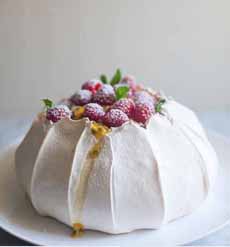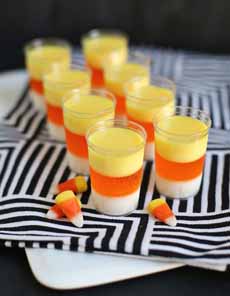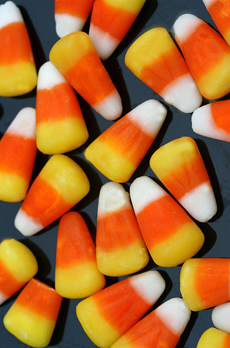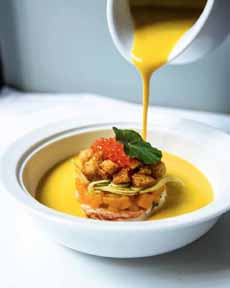|
October 14th is National Dessert Day.
Our word “dessert” emerged in mid-16th-century French, a combination of the past participle of desservir “to clear the table,” and servir, “to serve.”
The name reflects that dessert was served after the table had been cleared of other dishes.
A variety of desserts set on the table of the same time became known as service à la française. The practice of serving a meal in differentiated courses (as opposed to the buffet or groaning board) was called service à la russe, Russian-style.
Desserts can be sweet or savory, solid or liquid:
Beverages such as dessert wine, liqueur or coffee (cappuccino, espresso, with or without confections)
Cakes, pies or pastries
Cheeses
Confections, such as chocolates, petit fours, mignardises
Cookies
Custards, puddings, gelatin
Fruits and nuts
Ice cream or other frozen dessert
Sweet soups (fruit, custard)
This western concept of dessert—a dish that concludes the meal—is found elsewhere in the world. But in some parts of Africa, and most parts of China, there is no such tradition.
THE HISTORY OF DESSERT
Sweets appear in the earliest civilizations. They were offered to the gods in Mesopotamia, India and other ancient civilizations [source].
Dried fruit and honey were probably the first desserts, and more elaborate preparations were made with honey.
But the spread of sugar cane around the world encouraged the development of more, and more elaborate, types of dessert.
Sugar cane, which originated in Southeast Asia (the history of sugar), was grown and refined into crystals in India before the fourth century B.C.E.
It was traded, to Macedonia by 300 B.C.E. and China by 600 C.E. In South Asia, the Middle East and China, sugar became a staple of both main meal cooking and desserts.
Sugar was little known in Europe. Crusaders returning to Europe in the 12th century brought sugar with them.
While Europeans began to manufacture beet sugar in the Middle Ages, it wasn’t until the 16th that sugar plantations were started in the Canary Islands and the West Indies, bringing more sugar to Europe.
It was a luxury product for the wealthy, and made wealthy people of the sugar planters and merchants.
Finally, by the 18th century, all levels of society could afford the former luxury product. And beyond sweetening tea and coffee, they made desserts: lots of them.
With the Industrial Revolution, desserts, along with other foods, began to be mass-produced. Frozen foods, including desserts, became very popular in the 1920s when frozen foods became widely available.
|
|

[1] Simple platters of fruit evolved into fruit in cream or other sauces, or baked, with or without pastry or crusts (photo of Strawberries Romanoff and recipe from Only Best Cooking).

[2] As new techniques were created, desserts like the Pavlova emerged, nestling the fruit in meringue (photo courtesy Zoe Bakes).

[3] Different types of pastry were created to envelope fruit. Here’s the recipe for this strawberry cream cheese pie from Sugar Spun Run.
|











